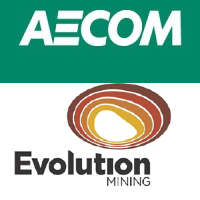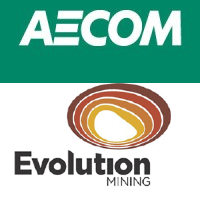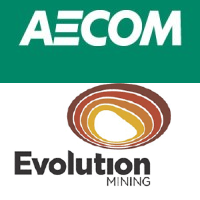Title Page
-
COWAL UNDERGROUND EXPANSION PROJECT - 60668781
-
Conducted on
-
Prepared by
-
Site Location
-
Name of work area?
-
TASK UNDERTAKEN:
-
SWMS / JHA USED:
-
Have all persons working signed onto SWMS / JHA?
-
CONTRACTOR OBSERVED:
-
Name of Contractor?
-
SHIFT:
-
WAS PLANT & EQUIPMENT INSPECTED?
-
List plant or equipment.
-
Was the prestart completed? (Take a photo of the prestart)
-
Is the machine inducted for site? (Take a photo of the induction sticker)
-
Is the operator qualified to operate the machine?
Scope: To review the critical risk controls to minimise risks of fatalities, injuries, and incidents resulting from working in and around excavations and penetrating floors and vertical walls.
9.1 Excavation and penetrations operations are controlled by a permit system, planned, managed and executed by competent personnel
-
Has a documented risk assessment been conducted to identify, assess and manage the hazards present (eg SWMS, JHA)?
-
If required, documented evidence that a structural or geotechnical engineer has been consulted in planning or assessing the excavation?
-
A permit has been correctly completed and is available for the personnel undertaking the work.
-
Service Identification has been completed , services marked up on drawings, all available drawings are attached to the permit and up-to-date, as built / survey data included where available.
-
Approved TMP in place.
9.2 The location, depth and / or height of services is positively identified prior to works commencing
-
Services are positively identified, isolated, marked and / or delineated at the work front.
-
The non-destructive excavation process is in use and is followed.
-
Check the items that do not conform to the process correctly.
-
Evidence is available of services being de-energised (PTW for isolations) and LOTO processes in place (where possible).
-
Method of protecting services from mechanical damage is known and documented by the work crew prior to commencing.
-
Safe approach distances to underground and overhead services have been determined, are known, and complied with.
9.3 Excavation zone - Have exclusion zones, barriers, lighting, signage, etc been selected, installed, and maintained.
-
Spoil distance from an excavation is equal or greater than the depth.
-
Exclusion zones and signage are in place to delineate and prevent unplanned access or entry into the zone of influence around the excavation.
-
Excavations deeper than 1.5m are benched, battered or shored when personnel are entering.
-
Stop work, and remove personnel from the excavation until safe access has been completed.
-
Physical edge protection and signage are established around the excavations / penetrations to prevent unplanned access.
-
When the need to enter excavations or penetrations is required, have a safe means of access / egress been established?
-
Controls have been put in place to ensure fumes from plant / equipment do not enter excavations or penetrations (where applicable).
-
Penetration covers and grid mesh are designed for applicable loadings and mechanically secured.
-
Barricading planning is suitable for operational requirements and when left unattended e.g covered / additional barricading etc.
9.4 Reduce Risk of Ground Collapse
-
Regular inspection of the excavation and any protective systems is undertaken by a competent person at the required frequency. Issues identified are rectified prior to work proceeding
-
A documented safe work procedure has been developed in conjunction with a qualified engineer for installation and removal of supports and shoring systems
-
Controls have been put in place to ensure materials and plant are not stacked or placed near the edge of the excavation or inside the zone of influence. Distance set back determined by a qualified engineer and included in risk assessment.
9.5 Confined Spaces
-
Evidence that the excavation has been assessed and tested to identify potentially hazardous atmosphere and presence of hazards associated with confined spaces.
-
Stop the work until made safe to enter.
NOTIFICATIONS
-
Does anyone need to be notified of the actions identified in this report immediately?
-
Select name/s of who needs to be notified.
INSPECTION TEAM
-
NAME & SIGN
-
NAME & SIGN
-
NAME & SIGN
-
NAME & SIGN
-
NAME & SIGN








